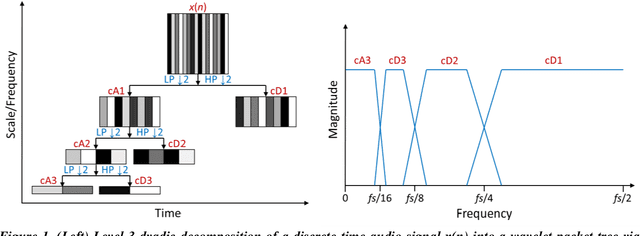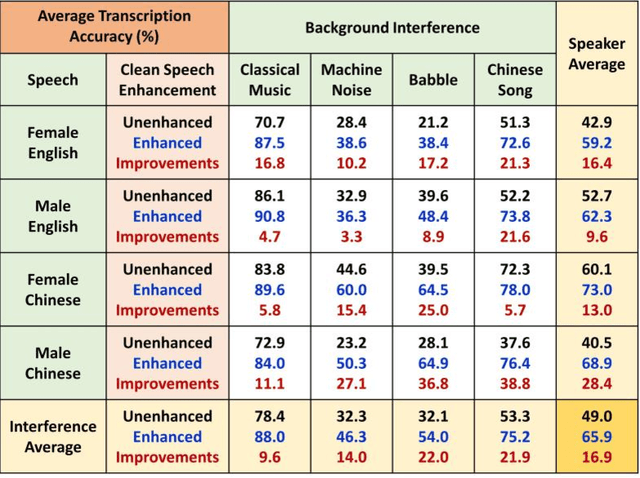Tianqu Kang
Hong Kong University of Science and Technology
Federated Low-Rank Adaptation with Differential Privacy over Wireless Networks
Nov 12, 2024Abstract:Fine-tuning large pre-trained foundation models (FMs) on distributed edge devices presents considerable computational and privacy challenges. Federated fine-tuning (FedFT) mitigates some privacy issues by facilitating collaborative model training without the need to share raw data. To lessen the computational burden on resource-limited devices, combining low-rank adaptation (LoRA) with federated learning enables parameter-efficient fine-tuning. Additionally, the split FedFT architecture partitions an FM between edge devices and a central server, reducing the necessity for complete model deployment on individual devices. However, the risk of privacy eavesdropping attacks in FedFT remains a concern, particularly in sensitive areas such as healthcare and finance. In this paper, we propose a split FedFT framework with differential privacy (DP) over wireless networks, where the inherent wireless channel noise in the uplink transmission is utilized to achieve DP guarantees without adding an extra artificial noise. We shall investigate the impact of the wireless noise on convergence performance of the proposed framework. We will also show that by updating only one of the low-rank matrices in the split FedFT with DP, the proposed method can mitigate the noise amplification effect. Simulation results will demonstrate that the proposed framework achieves higher accuracy under strict privacy budgets compared to baseline methods.
The Effect of Quantization in Federated Learning: A Rényi Differential Privacy Perspective
May 16, 2024Abstract:Federated Learning (FL) is an emerging paradigm that holds great promise for privacy-preserving machine learning using distributed data. To enhance privacy, FL can be combined with Differential Privacy (DP), which involves adding Gaussian noise to the model weights. However, FL faces a significant challenge in terms of large communication overhead when transmitting these model weights. To address this issue, quantization is commonly employed. Nevertheless, the presence of quantized Gaussian noise introduces complexities in understanding privacy protection. This research paper investigates the impact of quantization on privacy in FL systems. We examine the privacy guarantees of quantized Gaussian mechanisms using R\'enyi Differential Privacy (RDP). By deriving the privacy budget of quantized Gaussian mechanisms, we demonstrate that lower quantization bit levels provide improved privacy protection. To validate our theoretical findings, we employ Membership Inference Attacks (MIA), which gauge the accuracy of privacy leakage. The numerical results align with our theoretical analysis, confirming that quantization can indeed enhance privacy protection. This study not only enhances our understanding of the correlation between privacy and communication in FL but also underscores the advantages of quantization in preserving privacy.
Optimization of a Real-Time Wavelet-Based Algorithm for Improving Speech Intelligibility
Feb 05, 2022



Abstract:The optimization of a wavelet-based algorithm to improve speech intelligibility is reported. The discrete-time speech signal is split into frequency sub-bands via a multi-level discrete wavelet transform. Various gains are applied to the sub-band signals before they are recombined to form a modified version of the speech. The sub-band gains are adjusted while keeping the overall signal energy unchanged, and the speech intelligibility under various background interference and simulated hearing loss conditions is enhanced and evaluated objectively and quantitatively using Google Speech-to-Text transcription. For English and Chinese noise-free speech, overall intelligibility is improved, and the transcription accuracy can be increased by as much as 80 percentage points by reallocating the spectral energy toward the mid-frequency sub-bands, effectively increasing the consonant-vowel intensity ratio. This is reasonable since the consonants are relatively weak and of short duration, which are therefore the most likely to become indistinguishable in the presence of background noise or high-frequency hearing impairment. For speech already corrupted by noise, improving intelligibility is challenging but still realizable. The proposed algorithm is implementable for real-time signal processing and comparatively simpler than previous algorithms. Potential applications include speech enhancement, hearing aids, machine listening, and a better understanding of speech intelligibility.
 Add to Chrome
Add to Chrome Add to Firefox
Add to Firefox Add to Edge
Add to Edge